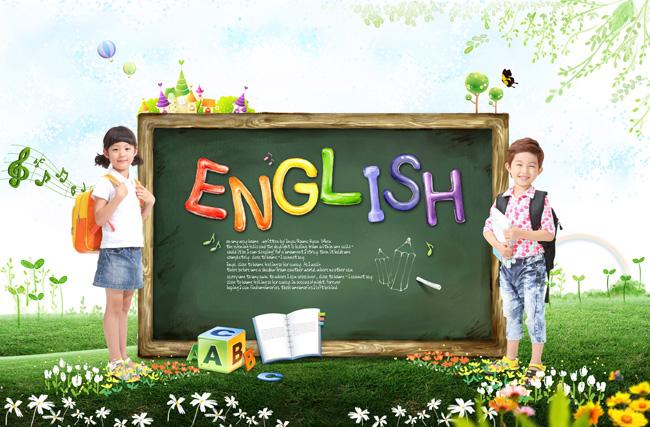外研版小学英语六年级上册
M7U2 Pandas love bamboo
(一)Warm up
1.Sing a chant 《What Can You Do?》. Do actions.
【评:TPR,让学生边唱边做,教师用歌曲来缓解学生紧张的情绪,建立轻松和谐的学习氛围,为进一步学习奠定良好基础。】
2.Free talk.
T: Class begin! Good morning, everyone. What day is it today?
Ss: It’s Tuesday.
T: What’s the weather like today?
Ss: It’s fine./ rainy./ warm.
T: Is it always rainy?
Ss: Yes, it is.
T: Why?
Ss: Because it’s spring now.
【评:日常的问候,让学生倍感亲切之余,enjoy English,自然地进入英语的学习状态中。】
(二)Presentation
1.T: Right. It’s spring now. It’s always warm and rainy. The trees, bamboos and grass turn green. The flowers bloom. The animals are happy. Do you know any animals?
Ss: Yes, we do.
T: OK. Now let’s play a guessing game about animals. Are you ready?
Ss: Yes, we are.
T: Look at Picture One. What animal is it?
S1: It’s a frog.
T: What’s its favourite food?
S2: Insects.
T: What animal is it?
S3: It’s a lion.
T: What’s its favourite food?
S4: Meat.
T: What about this one? Is it an elephant?
S5: No, it isn’t. It’s a panda.
T: What’s its favourite food?
S6: Bamboos.
T: That’s right.
【评:通过猜一猜,师问生答,达到复习巩固词汇、集中注意力和提高参与课堂热情的目的,为下面的学习做铺垫。】
2. Today we’ll learn a passage. 《Pandas》(板书课题)
(1) Well, let’s watch TV , listen and answer.
T: Look, this is is a panda. Is the panda lovely?
Ss: Yes, it is.
T: What is it like?
Ss: It looks like a cat...
T: Does it look like a bear?
Ss: Yes.
T: Do you want to know more about it?
Ss: Yes, I do.
(2) T: Then let’s listen to the CAI and find out the following questions’ answers.
【评:带着课件的提示去听,让学生整体感知课文;通过听前设疑,使学生边思考问题边听,提高了听力的实效性,激发了他们的求知欲。】
T: What’s the panda like?
S1: It looks like a cat and a bear.
T: How many legs does it have?
S2: Four
T: Where do the pandas live?
S3: They live in China.
T: How many pandas are there in the world?
S4: There’re about 1000. (板书:panda bear-cat )
Cat-bear
3. Show CAI and make the class listen again. Then let the students read silently, underline the new words, look up the words and try to say.
Body, scientist, bamboo, most, all over, world, protect
【评:通过再看课件,让学生进行二次视听,培养他们听力的同时,加深对短文大意的理解;学生默读找出新词,自主发现,小组学习,提高他们发现问题和解决问题的能力。】
4. Ask some students write down the new words on the Bb, then make the class grasp the new expressions one by one.
(学生将不懂的单词和词组板书在黑板,老师通过英语,借助身体语言、图片等进行解释,使学生掌握短文的单词。)
5. Read the passage (class / groups / roles ), then make the class ask and answer the questions by themselves.
(1) S1: What’s a panda like?
S2: It’s lovely./ It has four leg, a black and white body.
(2) S3: Does it look like a cat? S4: Yes, it does.
(3) S5: Does it look like a bear? S6: Yes, it does.
(4) S7: What do people call it? S8: Bear-cat.
(5) S9: What do scientist call it? S10: Cat-bear.
(6) S11: Do you like pandas? S12: Yes, I do.
(7) S13: What can a panda do? S14: It can climb trees.
(8) S15: What’s its favourite food? S16: Bamboo.
(9) S17: Do pandas live in Guangzhou?
S18: No, they don’t.
(10) S19: What should we do?
S20: We must protect these animals and love our nature.
…
【评:通过学生的你问他答,除了提高学生参与的积极性之外,还锻炼了学生发现问题和解决问题的能力。并且通过他们的自问自答,进一步加深了学生对短文的理解。】
6. Read the text again and make the class finish off the exercises.
7. Read in groups and make the class find out their favourite sentences. Make a story dice. Then play a game. Read out the sentence which you throw.
【评:通过小组朗读,找出他们最喜爱的句子,写在纸上,贴在盒子上,制作成骰子。然后通过掷骰子游戏,使学生都能读上他们组的最爱句子。学生兴致盎然,声音响亮。】
8.Follow the tips on the Bb and try to retell the text. Then judge the sentences “True” or “False”.
( )1. We can call panda cat-bear or bear-cat.
( )2. The panda’s eyes are big.
( )3. There’re about 1000 pandas in China.
( )4. Pandas live in the nature park.
( )5. We love pandas, and we protect them.
【评:让学生根据提示背诵短文和根据短文内容判断句子正误的形式,使学生再次深入理解短文,训练了他们的记忆能力。】
(三)Consolidation
(1)学生分组,模仿短文,用一些动物的照片,进行讨论。侧重讨论自己喜爱动物的特征喜好能力等。
(2)老师巡视指导。
【评:引导学生进行讨论,既突出了教师的主导地位,学生的主体作用又得到了发挥。学生积极发言,成为了活动的主人。同时,他们在轻松、民主的氛围中得到了知识的巩固,交际能力得到了锻炼,从而达到了良好的教学效果。】
(四)Summary
T: Today, we learned a passage about pandas. Do you know how to protect animals or nature?
Ss: Yes.
T: Good job. OK, time is up. That’s all for today.
[评:结束语知识性与思想性融为一体,既强调了本节课的重点,又对学生进行了思想教育,使学生对所学内容有了一个更高层次的认识,懂得如何保护大片然和动物]
(五)Homework
回家后在爸爸妈妈面前描述一个自己喜爱的小动物。
【评:让学生结合今日所学于实际,不要布置重复的机械性的作业,以开放性的作业为主,旨在发展他们的综合语言运用能力。】
